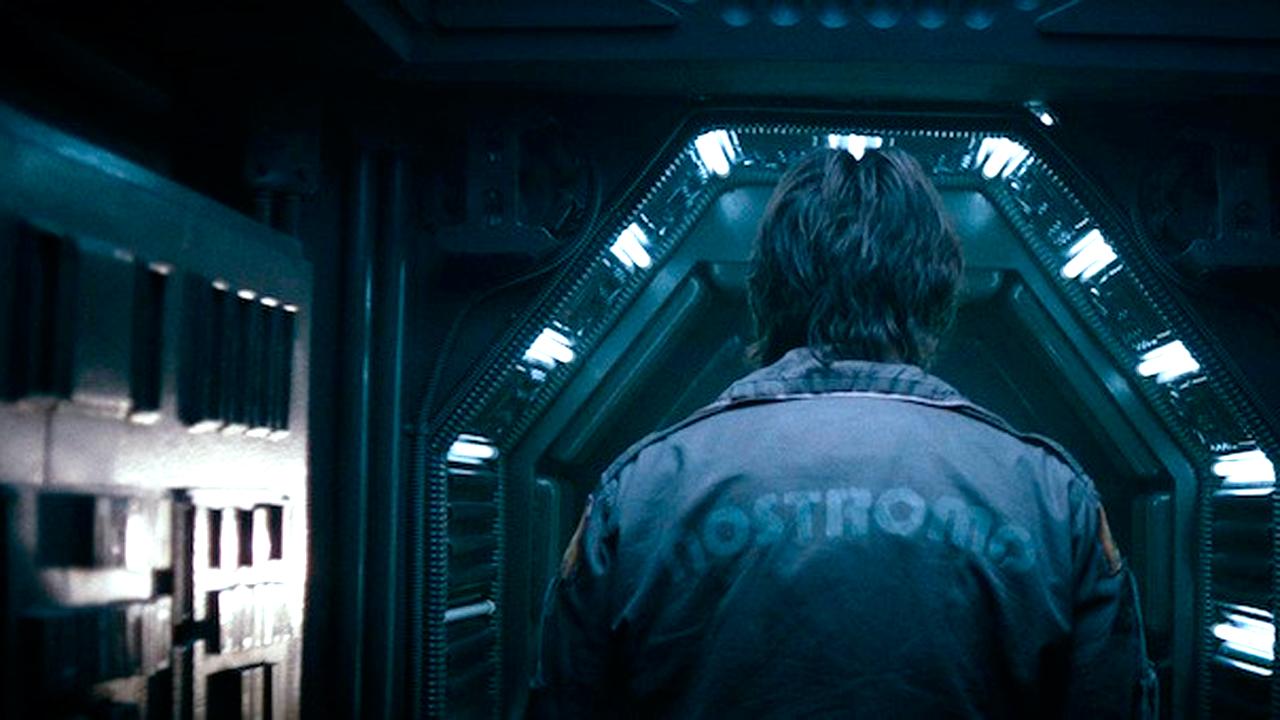Science can explain how it was formed, but not why. We don’t know if there is a reason for its formation, but if there is, then science cannot explain it. What science can tell us is what the physical mechanisms have led to the formation of elementary particles. It all began with the Big Bang, about 14 billion years ago. When the Big Bang happened, there was an enormous amount of energy in the form of radiation and elementary particles were formed from that primary energy.
We know that in the first fractions of a second the universe was so hot, with temperatures greater than thousands of trillions of degrees and so small that the entire universe could fit into an atom at a very large density. Nothing like what we have today. From the radiation itself and from Einstein’s formula (E = mx c²), we know that matter can be generated. So from all this radiation equal amounts of particles and antiparticles were produced. Elementary particles are the basic component of matter, that is, those components that cannot be further divided and which, to our knowledge, lack an internal structure. Antiparticles are identical to the particles, but when charged, the charge is opposite. All elementary particles have an antiparticle attached to them, although some, like a photon, are their own.
This universe was in the formation of the first moments like a combination of these elementary particles. We know this as the primordial soup. These particles had very high energies, moved at tremendous speed and collided with each other, which in turn produced more particles and more radiation. And at that moment almost all elementary particles were formed.
Since that event, some elementary particles have been artificially produced in particle accelerators. These devices use electromagnetic fields to make particles collide at very high speed with each other and thus cause new particles to appear. Also after the Big Bang, other elementary particles were produced in natural processes such as radioactive decay or particle collisions, as is the case with atmospheric neutrinos. But it is a small percentage compared to the total matter in the universe, so it can be said that all the matter we have in the universe today comes from this primitive soup.
Once the universe began to expand and cool down, these elementary particles formed federations with each other and formed protons and neutrons.
Once the universe started expanding and cooling, these elementary particles began to combine with each other and form protons and neutrons. Later, helium and deuterium nuclei were formed, which is an isotope of hydrogen made up of a proton and a neutron. This is similar to the history of the evolution of the universe, once the elementary particles were already in place, everything else began to form that gave rise to matter as we know it. We call this moment from 300 seconds after the Big Bang to a thousand years beyond the era of primitive nuclear synthesis. All the helium and hydrogen in the universe, as well as other light atomic nuclei, formed at that time because the temperatures that were then present in the universe were no longer high enough to continue producing them. The remainder in stars heavier than lithium, made up of three protons and four neutrons, is produced by the fusion of light nuclei, while superheavy nuclei, unlike iron, have their origin in supernovae.
Mariam Tórtola She is a professor at the Faculty of Physics at the University of Valencia and a researcher at the Institute of Physical Physics, a joint center between CSIC and the University of Valencia.
Question emailed by Juan Fernandez
Respond It is a sponsored weekly scientific clinic Dr. Anthony Esteve Foundation And the program L’Oréal – UNESCO “For Women in Science”, Which answers readers’ questions about science and technology. They are scientists and technologists, partners Amit (Researchers and Technology Association)Those who answer those doubts. Send your questions to [email protected] Or on Twitter #nosotrasrespondemos.
Coordination and writing: Victoria Toro
You can follow Thing at The social networking site FacebookAnd the TwitterAnd the Instagram Or subscribe to our site here the news





